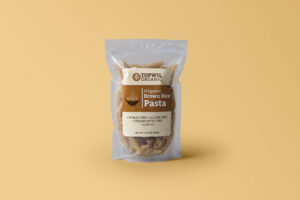
A food startup business is a great accomplishment, but it comes with unique challenges. Shipping, transportation, and packaging can all stand in the way of your business. Customers will be impressed by food subscription boxes, culinary kits, cookies, and snacks, but only if they arrive fresh and undamaged. You’ll require high-quality food packaging.
The right food packaging will showcase the product, make it stand out on shelves, and keep it from spoiling. Make certain that the packaging you choose complies with state and local standards.

Vacuum-sealed packaging is one of the most popular food packaging choices. The presence of oxygen, which accelerates spoilage, is a primary cause of food degradation during shipping. By eliminating oxygen within a package, vacuum sealing makes transporting products safer. Therefore, you will require a vacuum bag that is high resistance to both moisture and punctures which is essential to maintain product freshness.
One of the major obstacles for many food and beverage companies has always been standing out in a crowded market. Entering the market as a start-up is one of the most difficult tasks. Bold, innovative, and eye-catching packaging is one of the easiest ways to do this. It all comes down to making containers that stand out on a shelf. For many, this involves switching to flexible packaging options in addition to a smart design and branded colour pallets.

With numerous options available, one of the most common pouch types is stand-up pouches that can stand upright on shelves and are fully flexible. Pouches are great because they have airtight closures and can accommodate food, beverages and all types of different perishable items. Extended Shelf Life, Customer Convenience and storage are other advantages of flexible packaging in the Food Industry.